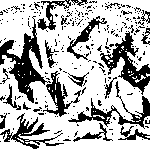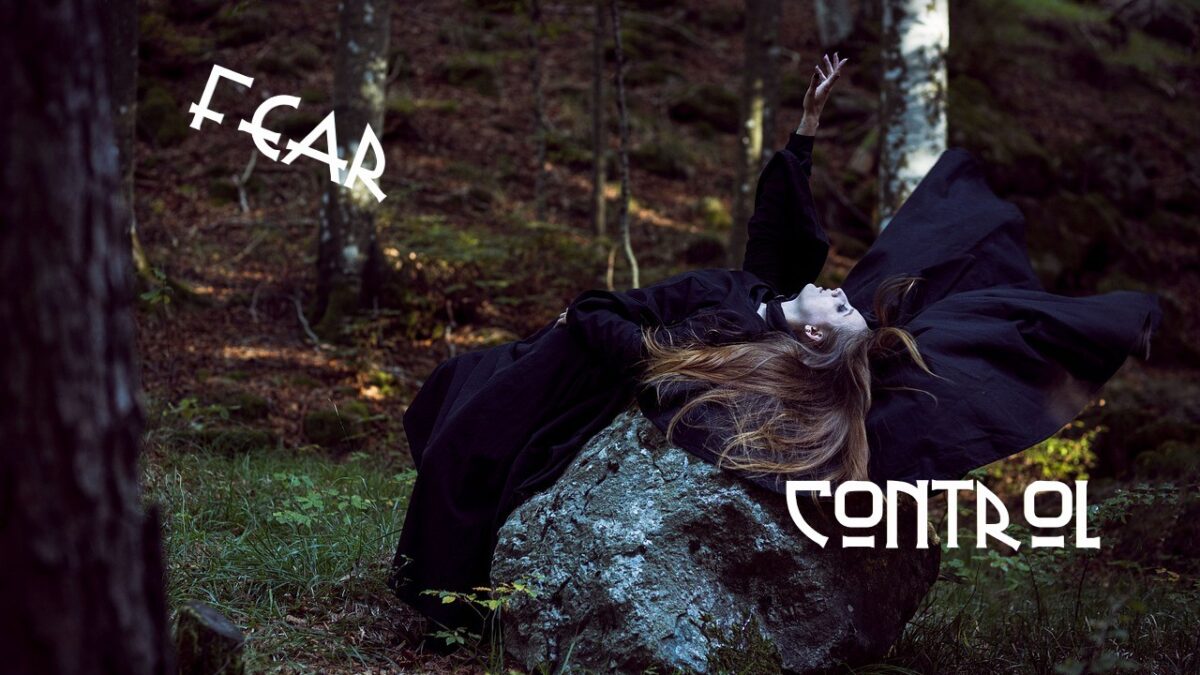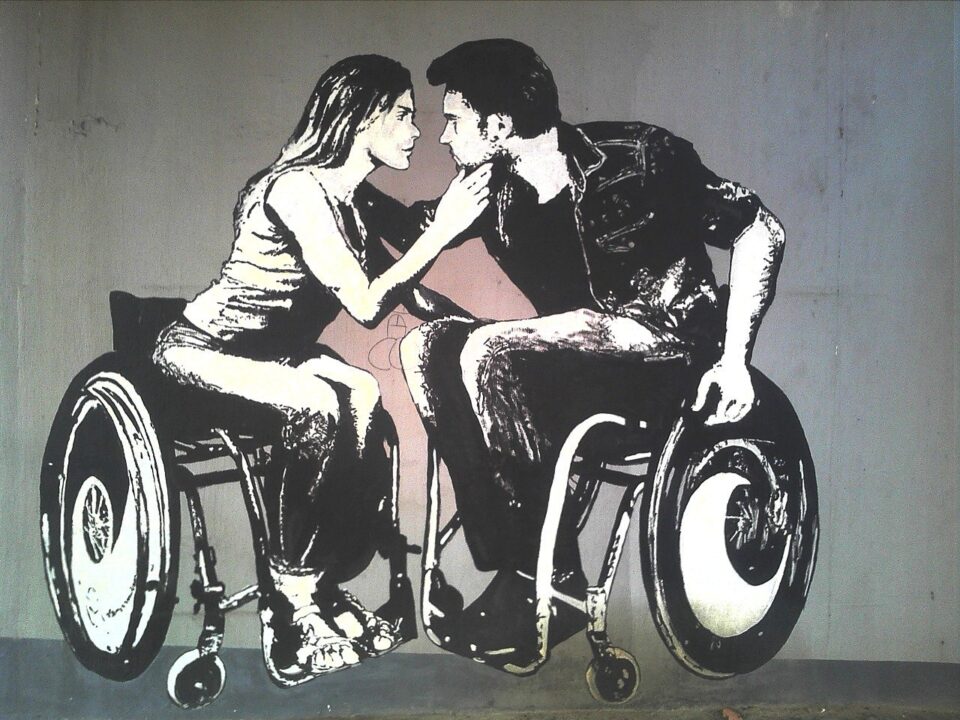
Islamophobia
July 22, 2025
Justice and Bad Luck
July 24, 2025Fear , Control
Fear, The Psychology
It’s a survival mechanism that prepares the body to either confront the threat (“fight”) or escape it (“flight”). While fear is a natural and often beneficial response, it can become problematic when disproportionate to the actual threat, or when it leads to anxiety or phobias
Psychologists define fear as a protective, primal emotion that evokes a biochemical and emotional response. Fear alerts us to the presence of danger or the threat of harm, whether that danger is physical or psychological. Whereas the biochemical changes that fear produces are universal, emotional responses are highly individual.
Fear produces biochemical and emotional reactions to a perceived threat, whether that danger is actual or imagined. It’s a natural, necessary, protective response, but when the reaction is out of proportion to the actual threat, it can be problematic.
Biochemical Reaction
Fear is both a natural emotion and a survival mechanism. When confronted with a perceived threat, the body responds in specific ways. Physical reactions include sweating, increased heart rate, and high adrenaline levels that cause extreme alertness.1
This physical response is also known as the fight or flight response, with which your body prepares to confront the danger or run away. This biochemical reaction is likely an evolutionary development—an automatic response that is crucial to survival.
Emotional Response
The emotional response to fear, on the other hand, is highly personalized. Because fear involves some of the same chemical reactions in our brains that positive emotions such as happiness and excitement do, feeling fear under certain circumstances can be perceived as fun—for example, when you watch scary movies.
Some people are adrenaline seekers, thriving on extreme sports and other fear-inducing, thrilling situations. Others have negative reactions to the feeling of fear, avoiding fear-inducing situations at all costs.
Flooding
This exposure technique involves flooding, which is based on the premise that a phobia is a learned behaviour that can be unlearned.
With flooding, the person is exposed to a vast quantity of the feared object or to a feared situation for a prolonged period in a safe, controlled environment until the fear diminishes. For instance, someone who is afraid of planes might be encouraged to go up anyway.
The point is to get them past the overwhelming anxiety and potential panic to a place where they must confront their fear and eventually realize that they’re OK. This can help reinforce a positive reaction (they’re not in danger) with a feared event (being in the sky on a plane), ultimately getting them past the fear.
Fear is an important human emotion that can help protect you and prepare you for action, but it also can lead to longer-lasting feelings of anxiety. Finding ways to control your fear can help prevent anxiety from taking hold.
Symptoms of Fear
Fear often involves both physical and emotional symptoms. Each person experiences fear differently, but some of the common signs and symptoms include:
Chest pain Chills Dry mouth Nausea Rapid heartbeat Shortness of breath Sweating Trembling Upset stomach
In addition to the physical symptoms of fear, people sometimes experience psychological symptoms of being overwhelmed, upset, feeling out of control, or a sense of impending death.
Diagnosing Fear
Talk to your healthcare provider if you are experiencing persistent, excessive feelings of fear. Your doctor may conduct a physical exam and perform lab tests to ensure that your fear and anxiety are not linked to an underlying medical condition.
Your healthcare provider will also ask questions about your symptoms including their duration, intensity, and triggers. Depending on your symptoms, your diagnosis may be related to an anxiety disorder, such as a phobia.
Phobias
One aspect of anxiety disorders can be a fear of fear.3 Whereas most people experience fear only during a situation that is perceived as scary or threatening, those who live with anxiety disorders may become afraid that they will experience a fear response. They perceive their fear responses as negative and go out of their way to avoid those responses.
A phobia is a twisting of the normal fear response. The fear is directed toward an object or situation that does not present a real danger. Though you recognize that the fear is unreasonable, you can’t help the reaction. Over time, the fear worsens as the fear of fear response takes hold.
Causes of Fear
Fear is incredibly complex, with no single, primary cause.4 Some fears result from experiences or trauma, whereas others may represent a fear of something else entirely, such as a loss of control. Still, other fears may occur because they cause physical symptoms, such as being afraid of heights because they make you feel dizzy and sick to your stomach.
Some common fear triggers include Certain specific objects or situations (spiders, snakes, heights, flying, etc), Future events, Imagined events, Real environmental dangers, The unknown
Certain fears tend to be innate and may be evolutionarily influenced because they aid in survival. Others are learned and are connected to associations or traumatic experiences.
Systematic Desensitization
Systematic desensitization involves being led gradually through a series of exposure situations. For example, someone who fears snakes might spend the first session with a therapist talking about snakes.
In subsequent sessions, a therapist might present snake photos, toy snakes, and eventually even a live snake. This is usually accompanied by learning and applying new coping techniques to manage the fear response.
Lorem ipsum dolor sit amet, consectetur adipiscing elit. Ut elit tellus, luctus nec ullamcorper mattis, pulvinar dapibus leo.
Lorem ipsum dolor sit amet, consectetur adipiscing elit. Ut elit tellus, luctus nec ullamcorper mattis, pulvinar dapibus leo.




